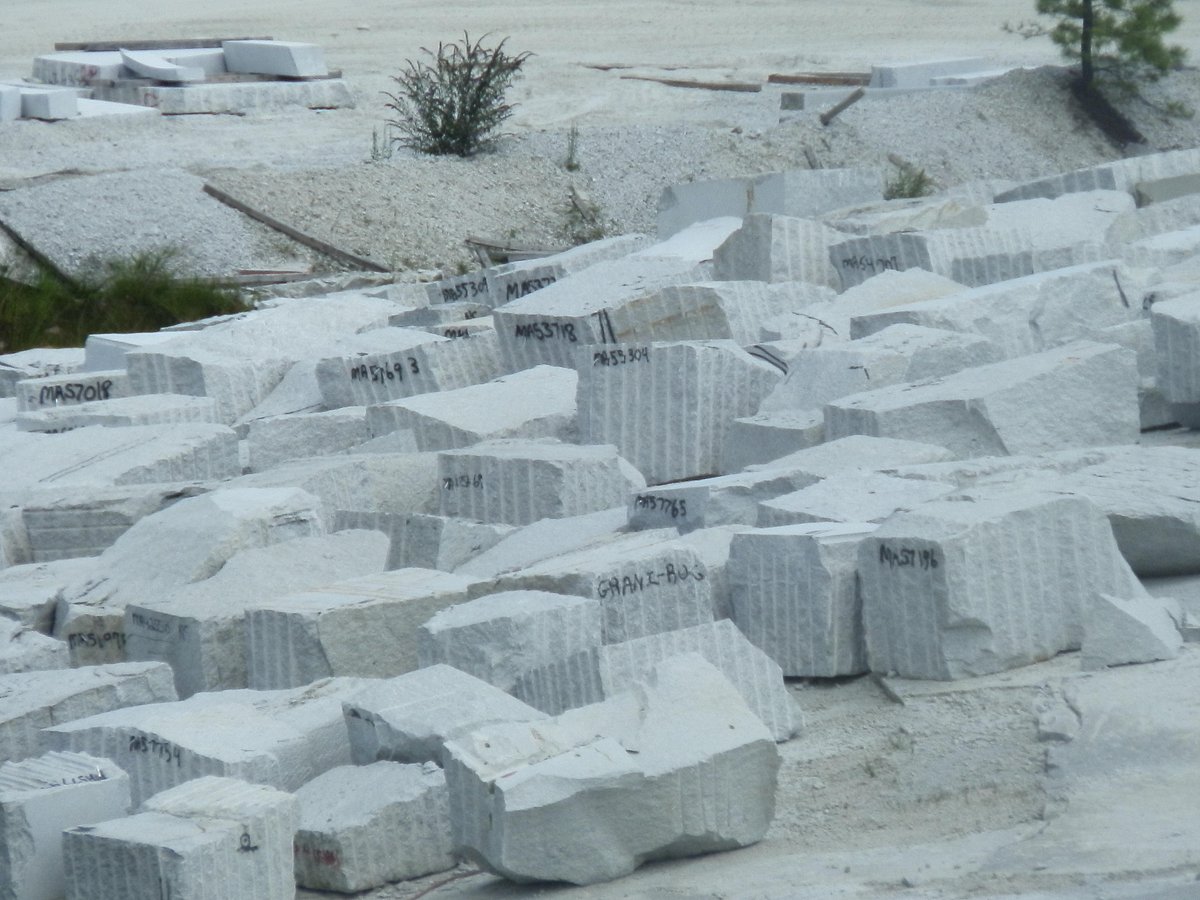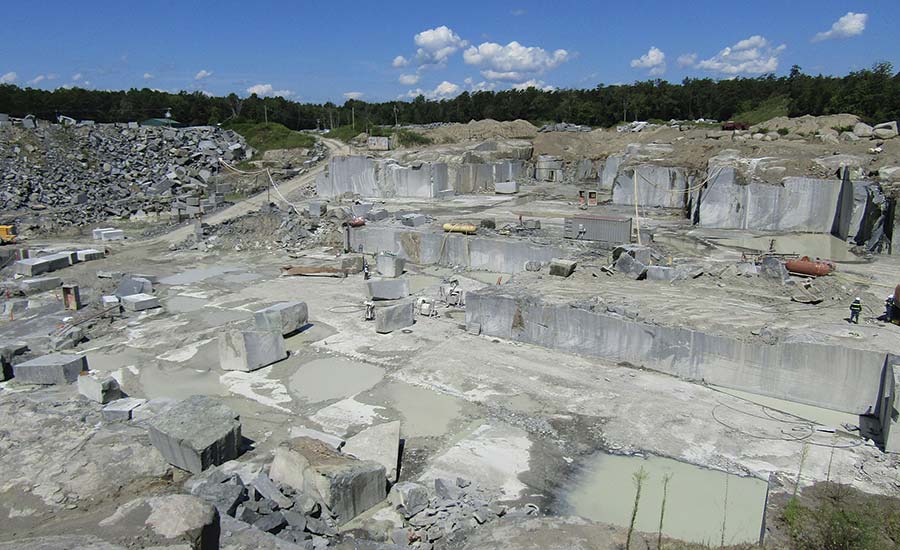Introducing the Mysteries of Granite Quarrying: Where Toughness and Beauty Meet
The globe of granite quarrying is a world where the raw strength of nature assembles with human virtuosity to develop structures that stand the test of time with an air of sophistication. From the midsts of quarries to the thorough polishing in workshops, the process of transforming granite into building wonders is an intricate dance of tradition and development. As we peer into the midsts of this old craft, we start to reveal the surprise intricacies that shape the very essence of our developed atmosphere.
The Origins of Granite Quarrying
In the annals of architectural history, the origins of granite quarrying are shrouded in a tapestry of ancient craftsmanship and geological marvels. Dating back to ancient Egypt and Mesopotamia, the removal of granite from quarries noted the beginning of a journey that would ultimately result in the development of a few of the world's most renowned structures.
Granite quarrying's roots can be traced to the experienced artisans who recognized the stone's sturdiness and aesthetic appeal. Through a mix of primitive devices and large decision, these early quarry employees discovered granite blocks that would certainly end up being the building blocks of worlds.
As worlds developed, so did the techniques of quarrying granite. The Romans, renowned for their design expertise, established advanced methods for drawing out granite to construct monoliths, holy places, and roads that stood the test of time.
The heritage of these ancient quarrying practices remains to form modern architecture, with granite continuing to be a symbol of strength and style in building and construction jobs around the globe. (granite quarries in south africa)
Devices of the Quarrying Trade
The evolution of granite quarrying strategies from ancient civilizations to modern-day times highlights the vital function played by the tools of the quarrying trade in shaping the sector's practices. In old times, quarrying tools were basic, usually containing chisels, hammers, and wedges made from products like bronze or iron. These tools required substantial manpower and time to remove granite blocks from quarries.

In addition, the intro of pneumatically-driven tools and high-powered machinery has actually considerably decreased the physical labor needed in quarrying operations, enhancing worker safety and security and performance. As the quarrying sector proceeds to introduce, the devices of the profession stay at the leading edge of driving progress and shaping the future of granite removal.
Removing Blocks of Granite
Using accuracy equipment and advanced techniques, the removal of granite obstructs from quarries has ended up being an advanced procedure in the contemporary quarrying sector. Managed blasting methods are then utilized to damage apart the granite into convenient sections.

Sprucing Up and Completing Techniques
To achieve a perfect surface area on granite blocks, competent craftsmens employ a series of thorough polishing and completing methods. After the preliminary removal and forming processes, the granite blocks undertake a comprehensive sprucing up stage to enhance their natural appeal and durability.
Along with sprucing up, ending up methods are used to further refine the granite's appearance. These strategies might consist of flaming, honing, or brushing, each offering special appearances and coatings to suit different aesthetic choices. Flaming, for circumstances, entails exposing the granite surface to heats to produce a rough, textured surface, suitable for outside applications where slip-resistance is crucial. Honing, on the other hand, provides a matte finish that is smooth to the touch, ideal for indoor counter tops and flooring. By very carefully choosing and using these polishing and completing methods, artisans can transform raw granite blocks into beautiful pieces that showcase both toughness and style.

Ecological Effect and Sustainability
With the expanding emphasis on ecological consciousness in the market, see this granite quarrying techniques are progressively looked at for their influence on natural deposits and long-lasting sustainability. Quarrying for granite can have substantial environmental ramifications. The removal process commonly involves using hefty equipment, explosives, and big quantities of water, leading to environment devastation, dirt erosion, and water contamination. In addition, the transport of granite from quarries to processing facilities produces carbon exhausts, further contributing to environmental destruction. granite quarries in south africa.
To mitigate these impacts and guarantee sustainability in granite quarrying, market stakeholders are embracing different measures. Applying innovative technologies to decrease energy consumption and water usage, reclaiming quarried land for ecological remediation, and promoting responsible sourcing techniques are some approaches being used. In addition, qualifications such as the Woodland Stewardship Council (FSC) and the Management in Energy and Environmental Style (LEED) assistance consumers identify eco-friendly granite items.
Conclusion
In conclusion, granite quarrying is a procedure that requires specialized devices and techniques to remove official site blocks of granite and polish them to a high degree of surface. While the ecological effect of quarrying can be significant, initiatives are being made to improve sustainability methods in the industry. Generally, granite quarrying is a delicate equilibrium between using the stamina and elegance of this all-natural stone while lessening its impact on the atmosphere.